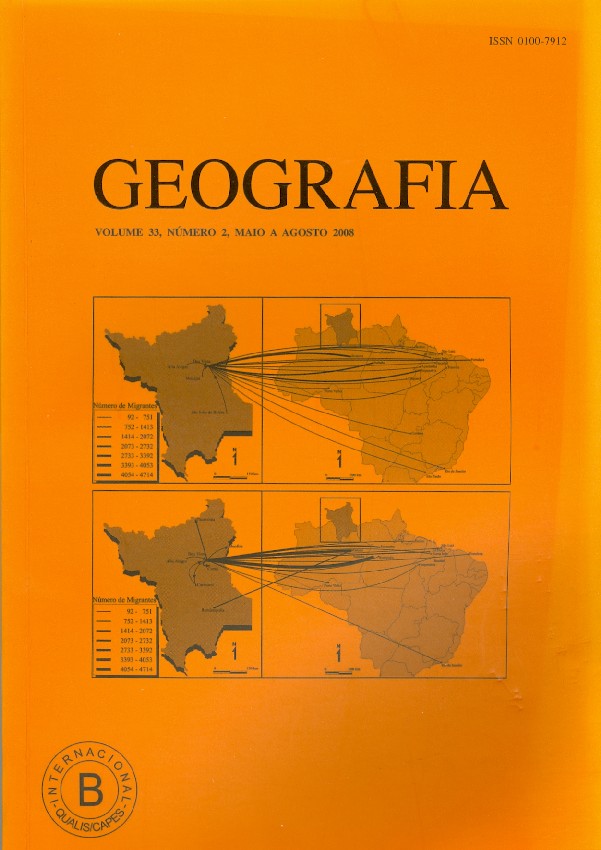Regional variations of touristic activities at Royal Road (Estrada Real)
Abstract
The creation of roads linking colonial mining settlements in Minas Gerais was an integral part of a complex territorial management strategy led by the Portuguese Crown. The royal entity organized throughout these roads a fiscal-administrative network based on villages, inspection centers and smelters. With the exhaustion of mines, the roads were slowly abandoned and the constructions and inspection centers located along them lost their original utility. Recently, this rich historical legacy has caught the attention of politicians and contemporary entities, which, seeking to preserve and explore their vast touristical potential created a series of development plans. Within this context Instituto Estrada Real is noteworthy. This entity promoted the regionalization of areas adjacent to historical roads (Royal Roads) seeking to boost touristical attractiveness. This regionalization, however, omitted key aspects of touristical development, such as touristical attractions. This study promotes a regional analysis of touristical activities throughout the Royal Road, based on the regionalization proposed by the Instituto Estrada Real. Results reveal great discrepancies among the various sub-regions, suggesting a reevaluation of regionalization criteria. Natural attractions concentrate within a certain distance of the more dynamic urban centers, whereas cultural attractions congregate within the sub-regions located closer to large urban centers. Key words: Touristical Regionalization. Tourist Attractions. Royal Road.Downloads
Published
Issue
Section
License
The authors maintain the copyright and grant GEOGRAFIA the right of first publication, with the articles simultaneously licensed under the Creative Commons BY 4.0 License, which allows sharing and adapting the articles for any purpose, as long as appropriate credits and provisions of image rights, privacy or moral rights. Other legal attributions can be accessed at: https://creativecommons.org/licenses/by/4.0/legalcode.en.
Geography, Rio Claro, SP, Brazil - eISSN 1983-8700 is licensed under the Creative Commons BY 4.0 License.





